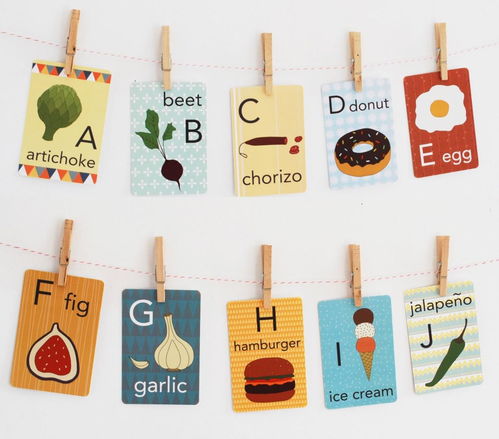How to Make a DIY Money Box
Creating your own DIY money box can be a fun and rewarding project. Not only does it give you a personalized touch to your home decor, but it also encourages saving habits. In this guide, I’ll walk you through the process of making a DIY money box, from selecting the materials to adding the final touches.
Selecting the Right Materials

Before you start, it’s important to choose the right materials for your money box. Here are some popular options:
| Material | Pros | Cons |
|---|---|---|
| Wood | Sturdy, durable, and can be painted or stained to match your decor | Can be heavy, requires sanding and finishing |
| Cardboard | Lightweight, easy to work with, and can be decorated with stickers or paint | Not as durable as wood |
| Plastic | Waterproof, durable, and comes in various shapes and sizes | Can be expensive, may not match your decor |
Once you’ve chosen your material, gather all the necessary tools and supplies. Here’s a list of common items you might need:
- Saw (if cutting wood)
- Sanding paper (if working with wood)
- Paint or stain (if desired)
- Glue or screws (for assembling)
- Measuring tape
- Pen or pencil
- Scissors (if cutting cardboard)
Designing Your Money Box

Now that you have your materials and tools ready, it’s time to design your money box. Consider the following aspects:
- Shape and Size: Decide whether you want a traditional rectangular box or something more unique, like a sphere or a heart. Measure the space where you plan to place the money box to ensure it fits comfortably.
- Color and Decor: Choose a color that complements your home decor. If you’re using wood, consider painting or staining it. For cardboard or plastic, you can add stickers, paint, or even decoupage.
- Opening Mechanism: Decide how you want to open the money box. Some people prefer a simple flip-top design, while others might opt for a sliding lid or a lock.
Assembling Your DIY Money Box

Follow these steps to assemble your DIY money box:
- Measure and Cut: If you’re using wood, measure and cut the pieces to the desired size. Sand any rough edges to ensure a smooth finish.
- Paint or Stain: If you’re using wood, apply paint or stain to the pieces according to the manufacturer’s instructions. Allow the wood to dry completely before proceeding.
- Assemble the Pieces: Use glue or screws to attach the pieces together. If you’re using a flip-top design, make sure the lid fits securely on top of the base.
- Decorate: Add any additional decorations, such as stickers, paint, or decoupage, to personalize your money box.
- Attach the Coin Slot: Cut a small hole in the side of the money box for the coin slot. You can use a coin slot from a craft store or make your own using a small piece of metal or plastic.
Adding the Final Touches
Once your DIY money box is assembled and decorated, it’s time to add the final touches:
- Label the Money Box: Use a pen or sticker to label the money box with a name or purpose, such as “Savings” or “Vacation Fund.” This will help you stay motivated to save.
- Place the Money Box in a Convenient Location: Choose a spot where you’ll see the money box regularly, such as on your desk or



